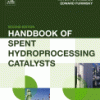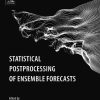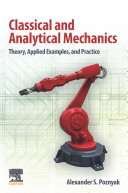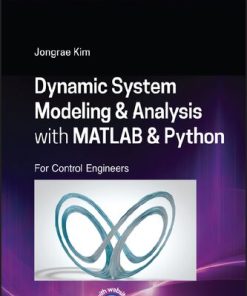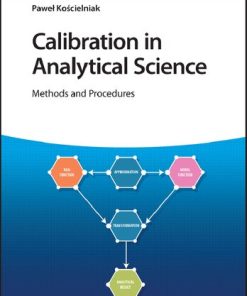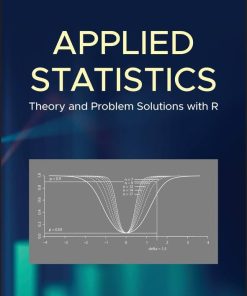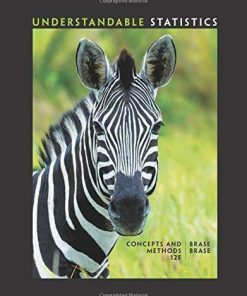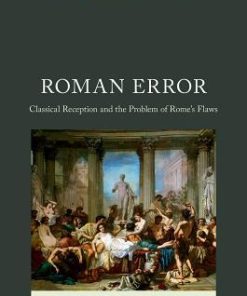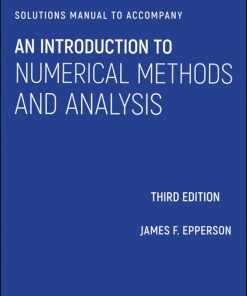The classical Stefan problem basic concepts modelling and analysis with quasi analytical solutions and methods 1st edition by Gupta 0444635823 9780444635822
$50.00 Original price was: $50.00.$25.00Current price is: $25.00.
The classical Stefan problem: basic concepts, modelling and analysis with quasi-analytical solutions and methods 1st edition by Gupta S.C. – Ebook PDF Instant Download/DeliveryISBN: 0444635823 9780444635822
Full download The classical Stefan problem: basic concepts, modelling and analysis with quasi-analytical solutions and methods 1st edition after payment.
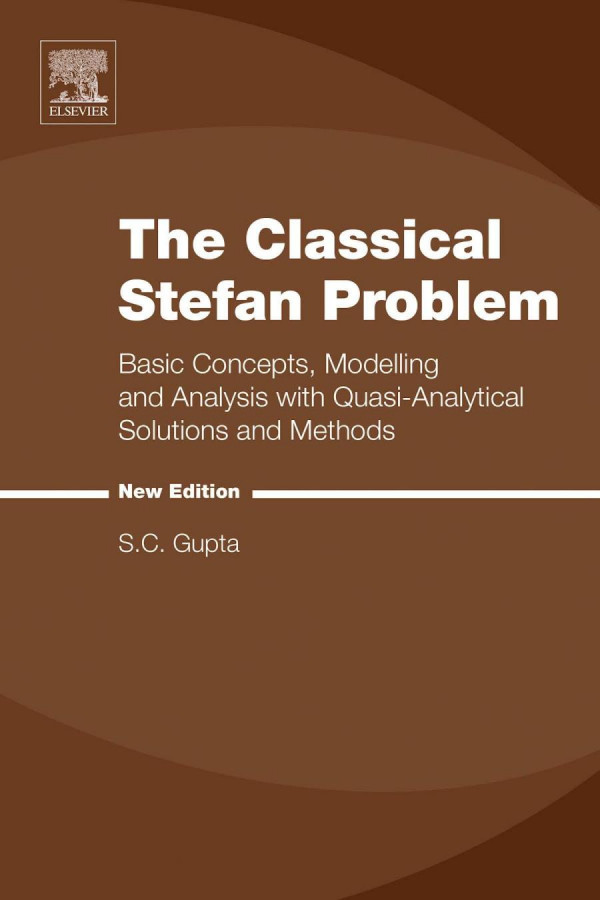
Product details:
ISBN-10 : 0444635823
ISBN-13 : 9780444635822
Author : Gupta S.C.
The Classical Stefan Problem: Basic Concepts, Modelling and Analysis with Quasi-Analytical Solutions and Methods, New Edition, provides fundamental theory, concepts, modelling and analysis of the physical, mathematical, thermodynamical and metallurgical properties of classical Stefan and Stefan-like problems as applied to heat transfer problems involving phase-changes, such as from liquid to solid.
This self-contained work reports and derives the results from tensor analysis, differential geometry, non-equilibrium thermodynamics, physics and functional analysis, and is thoroughly enriched with many appropriate references for an in-depth background reading on theorems. This new edition includes more than 400 pages of new material on quasi-analytical solutions and methods of classical Stefan and Stefan-like problems. The book aims to bridge the gap between the theoretical and solution aspects of the afore-mentioned problems.
The classical Stefan problem: basic concepts, modelling and analysis with quasi-analytical solutions and methods 1st Table of contents:
Chapter 1: The Stefan Problem and Its Classical Formulation
1.1 Some Stefan and Stefan-Like Problems
1.2 Free Boundary Problems With Free Boundaries of Codimension-Two
1.3 The Classical Stefan Problem in One-Dimension and the Neumann Solution
1.4 Classical Formulation of Multidimensional Stefan Problems
Chapter 2: Thermodynamical and Metallurgical Aspects of Stefan Problems
2.1 Thermodynamical Aspects
2.2 Some Metallurgical Aspects of Stefan Problems
2.3 Morphological Instability of the Solid–Liquid Interface
2.4 Nonmaterial Singular Surface: Generalized Stefan Condition
Chapter 3: Extended Classical Formulations of n-Phase Stefan Problems With n ≥ 1
3.1 One-Phase Problems
3.2 Extended Classical Formulations of Two-Phase Stefan Problems
3.3 Stefan Problems With Implicit Free Boundary Conditions
Chapter 4: Stefan Problem With Supercooling: Classical Formulation and Analysis
4.1 Introduction
4.2 A Phase-Field Model for Solidification Using Landau–Ginzburg Free Energy Functional
4.3 Some Thermodynamically Consistent Phase-Field and Phase Relaxation Models of Solidification
4.4 Solidification of Supercooled Liquid Without Curvature Effect and Kinetic Undercooling: Analysis of the Solution
4.5 Analysis of SSPs With the Modified Gibbs–Thomson Relation
Chapter 5: Superheating due to Volumetric Heat Sources: The Formulation and Analysis
5.1 The Classical Enthalpy Formulation (CEF)
5.2 The Weak Solution (WS)
5.3 Blow-Up and Regularization
Chapter 6: Steady-State and Degenerate Classical Stefan Problems
6.1 Some Steady-State Stefan Problems
6.2 Degenerate Stefan Problems
Chapter 7: Elliptic and Parabolic Variational Inequalities
7.1 Introduction
7.2 The Elliptic Variational Inequality
7.3 The Parabolic Variational Inequality
7.4 Some Variational Inequality Formulations of Classical Stefan Problems
Chapter 8: The Hyperbolic Stefan Problem
8.1 Introduction
8.2 Model I: Hyperbolic Stefan Problem With Temperature Continuity at the Interface
8.3 Model II: Formulation With Temperature Discontinuity at the Interface
8.4 Model III: Delay in the Response of Energy to Latent and Sensible Heats
Chapter 9: Inverse Stefan Problems
9.1 Introduction
9.2 Well-Posedness of the Solution
9.3 Regularization
9.4 Determination of Unknown Parameters in Inverse Stefan Problems
9.5 Regularization of Inverse Heat conduction Problems by Imposing Suitable Restrictions on the Solution
9.6 Regularization of Inverse Stefan Problems Formulated as Equations in the Form of Convolution Integrals
9.7 Inverse Stefan Problems Formulated as Defect Minimization Problems
Chapter 10: Analysis of the Classical Solutions of Stefan Problems
10.1 One-Dimensional One-Phase Stefan Problems
10.2 One-Dimensional Two-Phase Stefan Problems
10.3 Analysis of the Classical Solutions of Multidimensional Stefan Problems
Chapter 11: Regularity of the Weak Solutions of Some Stefan Problems
11.1 Regularity of the Weak Solutions of One-Dimensional Stefan Problems
11.2 Regularity of the Weak Solutions of Multidimensional Stefan Problems
Chapter 12: Quasi-Analytical Solutions and Methods
12.1 Introduction
12.2 Exact Analytical Solutions of Some Stefan and Stefan-Like Problems
12.3 Analytical Solutions of Stefan and Stefan-Like Problems in Series Form
12.4 Analytical-Numerical Solutions of Stefan Problems
12.5 Analytical-Numerical Solutions of Inverse Stefan Problem
12.6 Quasianalytical Solutions of Hyperbolic Stefan Problems
12.7 Solutions of Stefan Problems Using Conformal Transformation Method
12.8 Approximate Methods of Solutions of Stefan and Stefan-Like Problems
12.9 Review of Some Limited Number of Perturbation Methods and Solutions of Stefan and Stefan-Like Problems
12.10 Brief Reviews of Some Supplementary References Concerning This Chapter
People also search for The classical Stefan problem: basic concepts, modelling and analysis with quasi-analytical solutions and methods 1st:
stefan problems
classical fix bbc sounds
the classical symphony prokofiev
the classical style opera
the classical stefan problem basic concepts modelling and analysis
Tags:
The classical,Stefan problem,basic concepts,modelling,analysis,quasi analytical,Gupta
You may also like…
Physics - Mechanics
Classical and Analytical Mechanics: Theory, Applied Examples, and Practice 1st Edition Poznyak
Computers - Computers - General & Miscellaneous
Dynamic System Modelling and Analysis with MATLAB and Python 1st Edition Jongrae Kim
Chemistry - Analytical Chemistry
Calibration in Analytical Science: Methods and Procedures 1st Edition Paweł Kościelniak
Engineering
Mathematics - Numerical Analysis
Solutions Manual to accompany An Introduction to Numerical Methods and Analysis 3rd Edition


